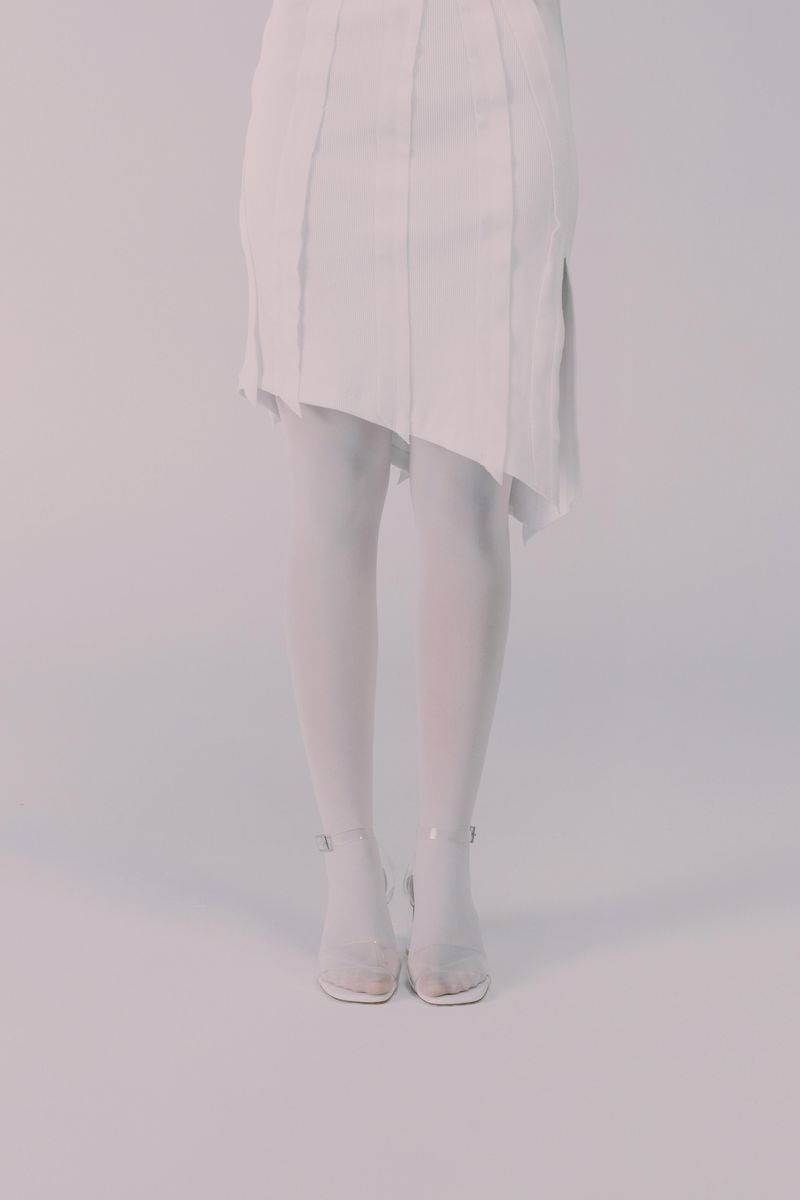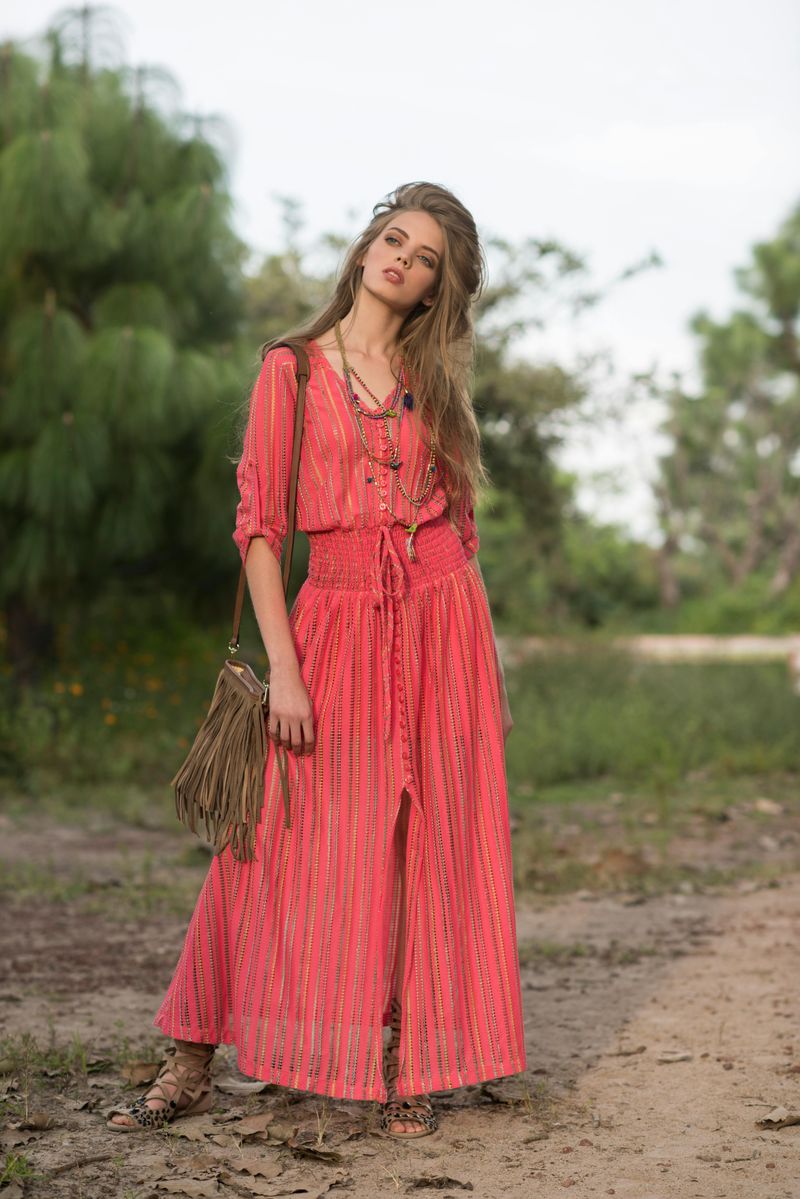13 Strict School Rules from the 1960s That Would Cause Outrage Today

The 1960s classroom was a world away from today’s educational environment. Students faced strict rules and harsh consequences that shaped their school experience. While some structure is necessary for learning, many of these regulations would shock parents and students alike if implemented in modern schools. Let’s look back at these bygone disciplinary practices that have thankfully been left in the past.
Corporal Punishment (Paddling, Caning, Swats)

The wooden paddle was the ultimate symbol of classroom authority in 1960s schools. Teachers and principals freely administered physical discipline when students misbehaved, from whacks on the behind to rulers across knuckles.
Parents rarely questioned these methods. Boys typically received more severe punishment than girls, with some schools having formal paddling protocols requiring witnesses. Many students lived in fear of being sent to the principal’s office.
Though shocking today, corporal punishment was viewed as necessary for maintaining order. Schools proudly displayed paddles with holes drilled through them for maximum sting – a sight that would horrify modern parents and likely result in lawsuits.
Rigid Dress Codes for Girls—No Pants Allowed

Imagine trudging through snow in freezing temperatures wearing only a skirt. This was reality for schoolgirls in the 1960s, as pants were strictly forbidden regardless of weather conditions. Girls shivered through winter months, often developing chilblains on their legs.
The rule stemmed from traditional gender norms that considered pants masculine and inappropriate for females. Even during physical education, girls were required to wear bulky gym uniforms with skirts or bloomers that restricted movement and athletic performance.
Any girl brave enough to challenge this rule by wearing slacks faced immediate punishment – usually being sent home to change or receiving detention. The idea that comfort and practicality should take precedence over outdated gender norms hadn’t yet taken hold.
Strict Monitoring of Skirt Length

Female students were regularly forced to kneel on the floor while teachers measured whether their skirts touched the ground. If not, immediate disciplinary action followed. Fashion trends battled school regulations as the mini-skirt revolution swept through youth culture.
Girls often rolled their waistbands after passing inspection to achieve the fashionable shorter length, risking punishment if caught. Female teachers and administrators enforced these rules with surprising zeal, having themselves grown up under similar restrictions.
The obsessive focus on hemlines seems bizarre today, but back then, a girl’s modesty was considered directly tied to the school’s reputation and her own moral character.
No Sleeveless or Low-Cut Dresses for Girls

Bare shoulders caused scandals in 1960s classrooms. Any girl wearing a sleeveless blouse or dress faced immediate reprimand. Schools enforced a strict “two-finger rule” – shoulder straps needed to be at least two fingers wide to be considered acceptable.
Low necklines were equally taboo, with some schools implementing the “collarbone rule” – anything revealing the collarbone crossed the line into inappropriate territory.
Girls caught violating these standards might be forced to wear a bulky sweater or jacket regardless of temperature, or face the humiliation of being sent home. The reasoning behind these regulations? Exposed skin supposedly distracted male students and teachers from academic pursuits.
Rather than teaching boys to respect girls regardless of clothing, the burden fell entirely on female students to prevent “disruption.”
Boys Prohibited from Wearing Earrings or Jewelry

Male students sporting even the tiniest earring faced swift and severe consequences in 1960s schools. Jewelry on boys was considered an alarming sign of rebellion and gender nonconformity that administrators quickly stamped out.
The only acceptable accessories for boys were functional items: watches and class rings. Everything else – from necklaces to bracelets – violated the strict gender expectations of the era. Breaking these rules often resulted in suspension or even more serious disciplinary action.
School handbooks specifically outlined these prohibitions, reflecting broader societal anxiety about changing gender norms during the countercultural revolution. Parents generally supported these restrictions, believing they helped maintain proper masculine development.
Prohibition of Certain Haircuts

Long hair on boys triggered full-blown administrative panic in 1960s schools! As Beatlemania swept America, principals wielded rulers to measure male students’ hair length. Hair couldn’t touch shirt collars, cover ears, or fall across foreheads.
Students defying these regulations faced harsh consequences – some schools refused entry until proper haircuts were obtained. Famous incidents included boys being forcibly held down while administrators cut their hair.
Parents even filed lawsuits over these practices, though courts typically sided with schools. The fixation on hair length reflected deeper societal anxieties about counterculture movements. School officials viewed long-haired boys as potential troublemakers challenging authority.
Meanwhile, ducktails and flat-tops were often banned for their association with greaser culture and perceived delinquency – creating an impossible situation for style-conscious teens.
Hallway Behavior Strictly Regulated

Navigating school hallways in the 1960s meant following an intricate set of rules that would seem militaristic today. Students were required to walk on the right side only, maintain straight lines, and avoid any conversation above whisper level.
Many schools even painted center lines on hallway floors to enforce this traffic pattern. Hall monitors – both teachers and selected students wearing special badges – wielded significant power.
They could issue demerits or detention slips on the spot for infractions like running, loitering near lockers, or public displays of affection. Between classes, students had precisely timed passing periods, often just three minutes.
This created a stressful rush, especially for students with lockers or classes on opposite ends of the building. Bathroom visits required special passes and were strictly time-limited.
Public Displays of Affection Were Limited

Teenage romance faced strict boundaries in 1960s schools. Holding hands might be tolerated, but anything beyond that triggered immediate intervention from vigilant staff. Couples caught hugging or kissing received demerits, detention, or calls to their parents.
Schools justified these rules as maintaining a “proper learning environment” and protecting students’ moral development. The regulations were particularly strict for girls, who bore the brunt of reputation damage from any romantic display.
Many schools employed female teachers specifically to monitor restrooms and locker areas for rule violations. Some institutions went as far as implementing the “daylight rule” – requiring couples to maintain enough space between them for sunlight to pass through.
While modern schools still regulate extreme behavior, the micromanagement of innocent affection has largely disappeared, recognizing teenagers’ need to develop healthy social relationships.
No Granny Dresses Allowed

The flowing, ankle-length “granny dresses” popular with hippie culture became unexpected battlegrounds in 1960s schools. Despite being fully modest by conventional standards, these dresses were banned in many institutions for their countercultural associations.
School administrators cited practical concerns like tripping hazards on stairs, but the underlying issue was clearly their connection to hippie values and anti-establishment sentiment. Girls caught wearing these styles faced immediate dress code violations regardless of the dresses’ modest coverage.
The irony wasn’t lost on students – short skirts were too revealing, but long ones were too rebellious! This contradiction highlighted how dress codes were less about modesty and more about controlling youth expression.
Some girls cleverly navigated these rules by wearing conventional dresses to school, then changing into granny dresses afterward to express their true style preferences.
No Knitting Allowed in Class

Clicking needles were silenced in 1960s classrooms as knitting and other handicrafts were strictly forbidden. Teachers confiscated knitting projects on sight, considering them distractions from proper learning – despite evidence that manual activities can actually improve focus for some students.
The prohibition particularly affected girls, who were traditionally taught these skills at home. Many students secretly worked on projects under desks or disguised them inside notebooks. The rule extended to other crafts like crochet, embroidery, and even doodling in margins.
School officials worried that handicrafts indicated students weren’t paying attention, though many girls insisted they listened better while keeping their hands busy. The ban reflected the era’s rigid approach to learning – sitting perfectly still, eyes forward, hands empty.
Enforcement of Modest Makeup and Hairstyle for Girls

Makeup bags were subject to inspection in 1960s schools! Girls faced strict limitations on cosmetics – typically only light powder, minimal lipstick in natural shades, and absolutely no eye makeup. Teachers armed with tissues would force students to remove anything deemed excessive.
Hair regulations were equally stringent. Bangs couldn’t touch eyebrows, hair couldn’t be worn in curlers (a common practice then), and elaborate styles were prohibited.
Many schools banned teased hairstyles popular during the era, claiming they created distractions and fire hazards around bunsen burners in science labs. These rules weren’t just suggestions – violations appeared on permanent records.
Girls caught with forbidden makeup or hairstyles faced detention or being sent to the restroom to wash their faces. The message was clear: female appearance required constant monitoring and control by authority figures.
No Sunglasses or Hats Inside School Buildings

Forgetting to remove your hat or sunglasses when entering a 1960s school building could land you in serious trouble. These accessories were viewed as signs of disrespect and rebellion rather than practical items. Teachers immediately confiscated them, often returning them only to parents.
The rule applied universally but was enforced more strictly for boys, who were expected to demonstrate proper gentlemanly behavior. Students with medical needs for tinted lenses required doctor’s notes and still faced skepticism from staff who suspected they were trying to hide bloodshot eyes or sleep during lessons.
This regulation extended to all indoor spaces – libraries, cafeterias, and even school buses. The reasoning connected to traditional etiquette teaching that men should remove hats indoors as a sign of respect.
Strict Grooming Expectations to “Reflect Seriousness”

“Neat and clean” wasn’t just a suggestion in 1960s schools – it was a strictly enforced mandate with detailed requirements. Boys faced daily inspection of their shirt tucking, shoe polishing, and even fingernail cleanliness.
Those failing these checks might be sent home or forced to use school-provided grooming supplies. The underlying philosophy held that appearance directly reflected character and academic seriousness. School handbooks explicitly stated that proper grooming prepared students for future employment and citizenship.
Many schools required boys to wear ties daily and prohibited any clothing associated with manual labor. Girls faced equally rigid standards, with requirements for pressed clothing and neat hairstyles.
Physical education teachers often performed hygiene checks before class. While modern schools maintain basic hygiene expectations, the micromanagement of student appearance has largely disappeared in favor of focusing on actual learning outcomes.

Comments
Loading…